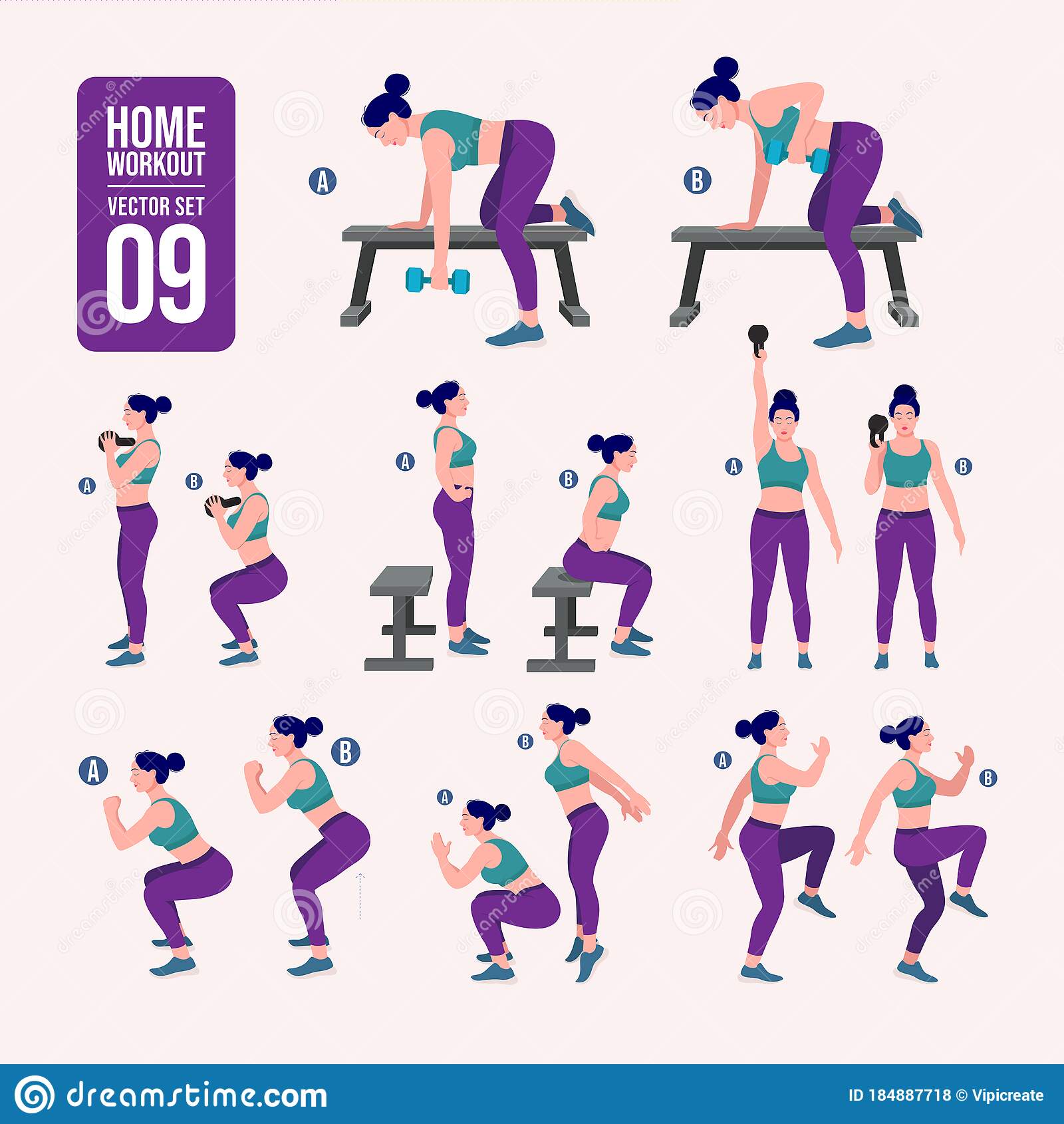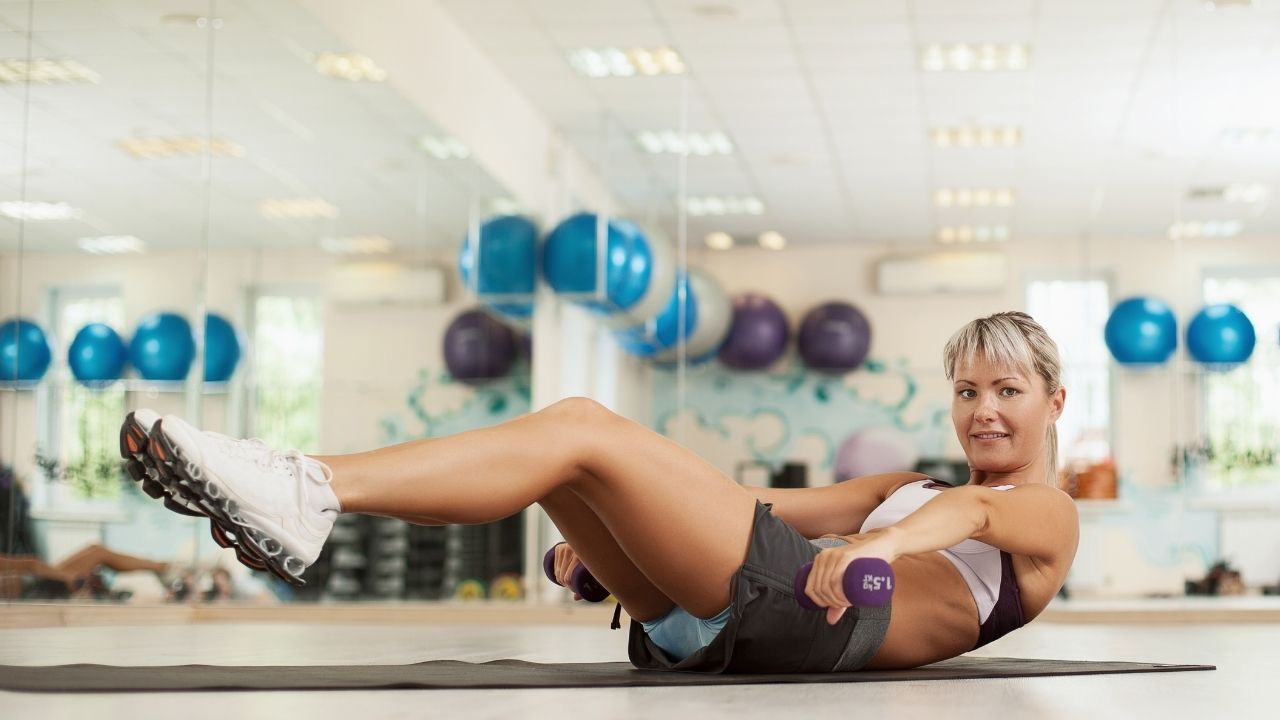
The market for fitness podcasts is expanding rapidly, which means that there is a growing need for a complete audio resource. Podcasts like these can be a great way keep abreast of health news and current trends. These programs cover everything from how to lose fat to running a gym. They can also be used to help you learn about different methods and tools for fitness.
Ben Coomber has been a popular podcast in this field. This podcast offers a wealth of information for fitness lovers, with a focus on nutrition and exercise. The podcast often features interviews and Q&A with guest hosts. This podcast also aims inspire listeners how to get the most from their workouts. Listeners are also encouraged to be positive and motivated to work out more.

Bulletproof Movement Podcast is an entertaining podcast that features interviews from top experts in the fields nutrition, sports, and health. Ryan J. Flatherty (host) discusses health and new technology, as well the most effective ways to boost your performance. Nearly 500 episodes have been added to The Bulletproof Movement. New episodes are added every week. This podcast is a great way to learn new ways to get healthy and fit.
The WHOOP is another podcast for fitness lovers. The WHOOP podcast is about the benefits of wearing an activity tracker. Ben Greenfield (its creator) also hosts a podcast dedicated to recovery. He discusses the advantages of this technology and how it will enhance your life. This show consists of three episodes, each with an hour-long episode. This is a great way for you to stay motivated and get motivated.
The podcast Run, Selfie, Repeat can be used to keep you in shape on the road. You can listen to all episodes, no matter if you're running or hiking, and you can do so whenever you like. No matter what activity you are doing, the content will keep you motivated. This podcast is an excellent way to stay healthy and motivated during your daily activities. Podcasts can be a great way for you to stay motivated while working out.

Move Your DNA is another popular fitness podcast. The main topic of the podcast is how to have it all and stay motivated. The host of this podcast, Mark Johnson, is well-known as the leader for the 'Movement Movement'. The podcast focuses not only on nutrition and fitness; it also discusses the many benefits of sleep. It is a great tool to keep you motivated, regardless of your situation. This podcast can make your workouts more fun, no matter what you do.
FAQ
What is the difference among a virus or a bacterium and what are their differences?
A virus can be described as a microscopic organism that cannot reproduce in another cell. A bacterium can be described as a single-celled organism which reproduces by splitting in two. Viruses are very small (about 20 nanometers) while bacteria are larger (up to 1 micron).
Viruses are spread via contact with infected bodily liquids such as urine, saliva, semen and vaginal secretions. Bacteria are often spread via direct contact with contaminated surfaces or objects.
Viruses can enter our bodies through cuts, scrapes, bites, or other breaks in the skin. They can also penetrate the skin through the eyes, nose or mouth.
Bacteria can enter our bodies through wounds, cuts, scrapes, burns, insect stings, or other breaks in our skin. They may also come into our bodies through food, water, air, soil, dust, or animals.
Viruses and bacteria both cause illness. Viruses cannot multiply in their host cells. So they only cause illnesses when they infect living cells.
Bacteria can cause illness by multiplying in the body. They can spread to other parts of our bodies. We need antibiotics to get rid of them.
What is the problem with BMI?
BMI stands to Body Mass Index. It is a measurement of body weight based on height. BMI is calculated using the following formula:
Weight in kilograms divided with height in meters.
The score is expressed as a number between 0 and 25. Scores between 0 and 25 indicate obesity. A score of 18.5 indicates overweight. A score of 23 indicates obesity.
A person who weighs 100 kg and has a height of 1.75 m will have a BMI of 22.
What's the difference of a calorie versus a Kilocalorie?
Calories refer to units that are used for measuring the energy in food. Calories are the unit of measurement. One calorie is the amount of energy required to heat one gram water one degree Celsius.
Kilocalories are another way to describe calories. Kilocalories can be measured in thousandsths of one calorie. For example, 1000 calories equals one kilocalorie.
How often do I need to exercise?
For a healthy lifestyle, exercise is vital. However, there isn't a set amount of time you must spend working out. Finding something you enjoy is key. Stick with it.
If you work out three times a week, then aim to complete 20-30 minutes of moderate intensity physical activity. Moderate intensity will mean that you'll continue to be exerting yourself afterward. This type is good for burning around 300 calories.
If you prefer to walk, go for 10 minute walks four days a week. Walking is low-impact and easy on the joints.
Jogging is an alternative to running. You can do it for as little as 15 minutes each day. Running is a great way of burning calories and building muscle tone.
Begin slowly if your are not used to working out. Begin with 5 minutes of cardio every other day. Gradually increase the duration until you reach your goal.
Do I need calories to count?
You might be asking "What is the best diet?" or "is counting calories necessary?" It depends on many factors such as your current health, personal goals, preferences, and overall lifestyle.
The Best Diet - Which One Is Right To You?
My current health status, personal goals, preferences, and overall lifestyle all play a role in choosing the right diet. There are many diets out there, some good and some bad. Some work well for certain people while others don't. So what do I do? How do I make a good decision?
These are the questions that this article attempts to answer. It begins with an overview of the different diets today. Next, we'll discuss the pros and cons for each type of diet. The final step is to determine which one is right for you.
Let's first take a look at different diets.
Diet Types
There are three types of diets available: ketogenic, high-protein, and low fat. Let's look at each one briefly.
Low Fat Diets
A low-fat diet reduces the amount of fats you eat. This is achieved by reducing saturated fats like butter, cream cheese, and other dairy products. You can replace them with unsaturated oils (olive oil and avocados) A low fat diet is often recommended for those who want to lose weight quickly and easily. This type of diet can lead to constipation and heartburn as well as indigestion. It can also lead to vitamin deficiencies, if someone doesn't get enough vitamins in their food.
High Protein Diets
High-protein diets limit carbohydrates and favor proteins. These diets are more protein-rich than others. These diets are meant to increase muscle mass, and burn more calories. The downside is that they may not provide adequate nutrition for someone who needs to eat regularly. They are also very restrictive, so they might not be appropriate for everyone.
Ketogenic Diets
Ketogenic diets are also known as keto diets. They are high in fat and moderate in protein and carbs. Athletes and bodybuilders use them because they allow them more time and harder training without feeling fatigued. To avoid side effects such as fatigue, nausea, headaches, or other unpleasant side effects, you must strictly adhere to their instructions.
Statistics
- Extra virgin olive oil may benefit heart health, as people who consume it have a lower risk for dying from heart attacks and strokes according to some evidence (57Trusted Source (healthline.com)
- WHO recommends consuming less than 5% of total energy intake for additional health benefits. (who.int)
- WHO recommends reducing saturated fats to less than 10% of total energy intake; reducing trans-fats to less than 1% of total energy intake; and replacing both saturated fats and trans-fats to unsaturated fats. (who.int)
- nutrients.[17]X Research sourceWhole grains to try include: 100% whole wheat pasta and bread, brown rice, whole grain oats, farro, millet, quinoa, and barley. (wikihow.com)
External Links
How To
What does "vitamin" actually mean?
Vitamins are organic compounds that can be found in foods. Vitamins are necessary for us to absorb nutrients in the foods we consume. The body cannot make vitamins; therefore, they must be obtained from food.
Two types of vitamins exist: water-soluble vitamin and fat-soluble vitamin. Water soluble vitamins dissolve easily in water. These include vitamin C (thiamine), Vitamin B1 (riboflavin), Vitamin B2 (riboflavin), Vitamin B3 (niacin), Vitamin B6 (pyridoxine), Vitamin C, B1 (thiamine), Vitamin B2 (riboflavin), Vitamin B3 (niacin), and Vitamin B6 (pyridoxine). The liver and fatty tissues are home to fat-soluble vitamins. You can find vitamin D, E K, A, beta carotene, and other fat-soluble vitamins.
Vitamins can be classified by their biological activity. There are eight major categories of vitamins.
-
A – Essential for normal growth, and the maintenance of good health.
-
C - vital for proper nerve function, and energy production.
-
D - necessary for healthy bones and teeth.
-
E - needed for good vision and reproduction.
-
K – Required for healthy nerves & muscles.
-
P - vital for building strong bones andteeth.
-
Q - aids digestion and absorption of iron.
-
R - Red blood cells are made from red blood cells.
The recommended daily allowance (RDA) of vitamins varies depending on age, gender, and physical condition. The U.S. Food and Drug Administration (FDA) sets the RDA values.
For adults aged 19 and older, the RDA for vitamin B is 400 micrograms daily. Pregnant women require 600 micrograms daily to support fetal development. Children ages 1-8 require 900 micrograms per day. Babies under one-year old require 700 mg per day. Between 9 and 12 years of age, however, this drops to 500 mg per day.
Children ages 1-18years who are obese need 800 micrograms per day while those who are overweight need 1000 micrograms per day and children who are underweight need 1200 micrograms per day to meet their nutritional needs.
Children ages 4-8 years who have been diagnosed with anemia need 2200 micrograms per day of vitamin C.
2000 micrograms daily is required for adults over 50 to maintain their general health. Because of their higher nutrient needs, women who are pregnant or nursing need 3000 mg per day.
Adults over 70 need 1500 micrograms daily, as they lose 10% of their muscle every ten years.
Women who are pregnant, nursing or breastfeeding need more than the RDA. Pregnant women need 4000 micrograms per dayduring pregnancy and 2500 micrograms per day after delivery. Breastfeeding mothers need to consume 5000 micrograms every day when breastmilk has been produced.